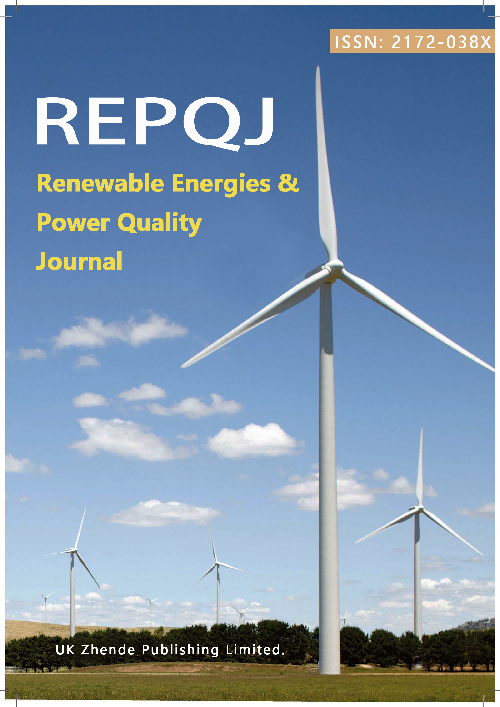Long-term stability of a low-cost sensor for aerosol measurements: insights for the development of air-quality monitoring networks in solar power plants
DOI:
https://doi.org/10.52152/4548Keywords:
African dust, particulate matter, air quality, low-cost sensors, solar energyAbstract
With a view to improve the warning and forecastsystems of solar power plants, in this work we examine the feasibility of using low-cost sensors for measuring mass concentrations of suspended particulate matter of natural origin, such as that caused by African dust outbreaks. In Spain, these events especially affect the Canary Islands, and South and Mediterranean coast of the mainland, and they have been shown to have a large effect on solar photovoltaic power production.Extending our previous work on a low-cost sensor operating in a suburban location in the Canary Islands, here we examine 5 years of data – the longest study of a dataset of this type to our knowledge. The comparison of the low-cost sensormeasurements with the data of a scientific-grade monitoring system shows a high correlation of 0.8 and a remarkable stability: during these 5 years of almost continuous and semi-autonomous operation, only a minor shift in the data, following a largeAfrican dust event, is observed. Although often overlooked, stability is a particularly important variable to assess the costeffectiveness of a low-cost monitoring system, so we have further checked our results performing another comparison with satellite data – in this second analysis, we find confirmation of our first stability results. All this suggests that, in environments with low anthropogenic pollution, such as a suburban location or a solar power plant, these low-cost sensors can operate reliably for extended periods with little maintenance, providing useful data to monitor natural dust pollution and its impact on solar energy production at very little cost.
Downloads
Published
Issue
Section
License
Copyright (c) 2025 J. López-Solano, S. Alonso-Pérez (Author)

This work is licensed under a Creative Commons Attribution 4.0 International License.











